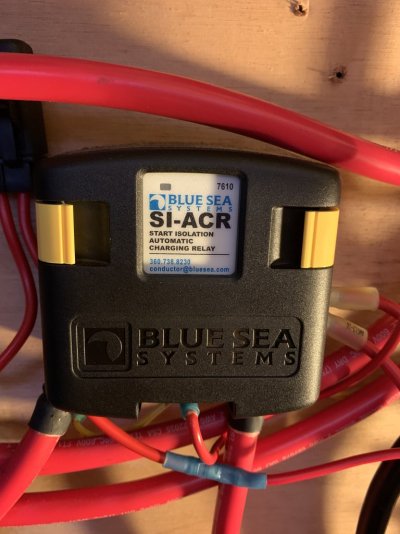Hello all, trying to get my gauges to read right. So I’m starting at the key switch, as that’s where the 12v to the gauges is comming from. With key off, I have 12v at the key switch comming from engine room, and zero volts at the gauges, which seems right to me. When I turn the key on, the voltage at the key switch fluctuates, jumping all over.
On the pos terminals of the gauges it’s the same inconsistent voltage read at key switch, which it should be, straight wires.
Low oil pressure buzzer works, and its pwr is jumpered off the temp gauge. And that voltage is jumping all over just like at the key switch.
Port side gauges for oil temp and water temp jump up to 60 psi(oil) and 120f (temp) when key is turned on. Starboard side both remain at zero.
The voltage jumping around has me stumped, not sure if that’s right or what, seems it should be solid 12v.
The voltage at the starboard key switch jumps around as well.
Just wondering if the voltage fluctuation is right or wrong at the key switch when turned on.
On the pos terminals of the gauges it’s the same inconsistent voltage read at key switch, which it should be, straight wires.
Low oil pressure buzzer works, and its pwr is jumpered off the temp gauge. And that voltage is jumping all over just like at the key switch.
Port side gauges for oil temp and water temp jump up to 60 psi(oil) and 120f (temp) when key is turned on. Starboard side both remain at zero.
The voltage jumping around has me stumped, not sure if that’s right or what, seems it should be solid 12v.
The voltage at the starboard key switch jumps around as well.
Just wondering if the voltage fluctuation is right or wrong at the key switch when turned on.

